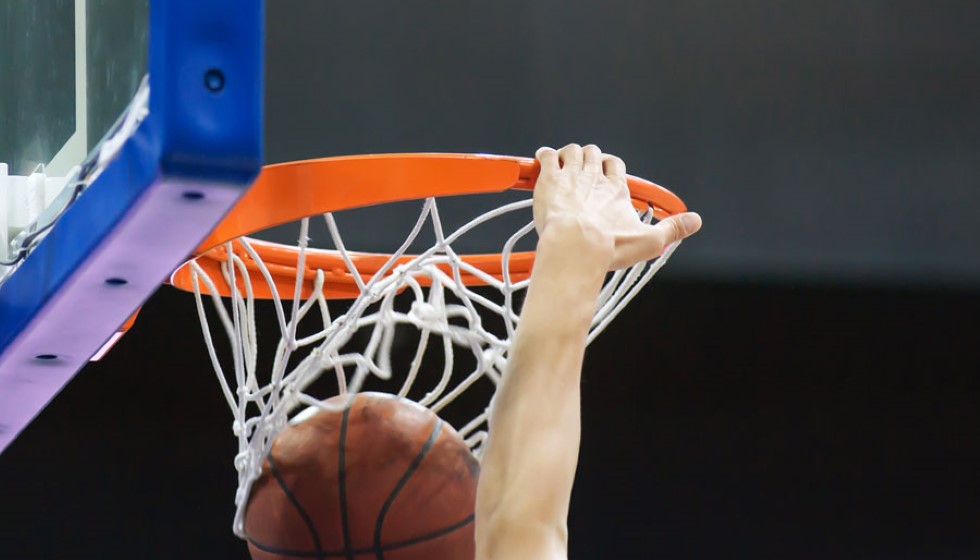
The landscape of professional sports is constantly evolving, and with it, the rules and regulations that guide players and teams both on and off the court. Recognizing the importance of adapting to modern challenges, the NBA is set to implement a revised policy on cell phone and social media usage during games, marking a significant update to longstanding guidelines initiated over a decade ago.
Background and Evolution of the Rule
In 2009, the NBA introduced a social media use policy that was informally dubbed the "Villanueva rule," after then-player Charlie Villanueva famously tweeted from the locker room during halftime. The policy was designed to limit distractions and preserve the integrity of the game by prohibiting social media activity during specified game times. However, with the rise of social media platforms and the pervasive nature of digital communication, the league has recognized the need to adjust these guidelines to better meet current realities.
The upcoming policy revisions have been developed collaboratively between the NBA and the National Basketball Players Association (NBPA), reflecting a mutual understanding of the modern challenges faced by players and the league alike. The revised rule defines “during games” as the period beginning 45 minutes before tip-off and extending until after players and coaches complete their post-game media responsibilities. This timeline aims to keep the focus squarely on the game and its associated duties.
Balancing Sportsmanship and Technology
One of the driving forces behind the revised policy is the NBA's growing concern over legal sports gambling, which has become an increasingly significant factor in professional sports. The integrity of the game is paramount, and the league is taking proactive steps to prevent any potential leaks of insider information that could impact betting outcomes. As part of this initiative, the NBA has introduced a measure to consolidate communication through a single point of contact for players and coaches during the restricted usage period. This move is designed to minimize the risk of unauthorized information dissemination.
A striking example underscoring the importance of these precautions involves Jontay Porter, who faced a lifetime ban after allegedly supplying information to bettors. Such incidents illuminate the critical need for stringent rules to safeguard the fairness and credibility of the sport.
Discipline and Consequences
While the NBA has outlined the framework for the revised policy, specifics regarding disciplinary measures for breaches have not yet been disclosed. However, it is clear that the league acknowledges the necessity for a structured approach to enforcement. Some teams have already preemptively enacted stricter internal policies that surpass the league’s baseline requirements, demonstrating a commitment to maintaining control over technology use and its impact on team dynamics.
The refreshed policy is indicative of the NBA's broader strategy to preserve the sanctity of the game amidst a rapidly changing technological environment. By instituting comprehensive measures and maintaining open lines of communication with the players’ union, the league is attempting to set a standard that resonates with contemporary players while still honoring the core values of sportsmanship.
Ultimately, as the NBA prepares for the rollout of this updated policy, the initiative highlights an ongoing challenge faced by sports leagues worldwide: how to best integrate technology into the fabric of professional sports without compromising the game or its players. By adapting to new realities and emphasizing collaboration with all stakeholders involved, the NBA aims to strike a balance that respects both tradition and progress in the sporting world.